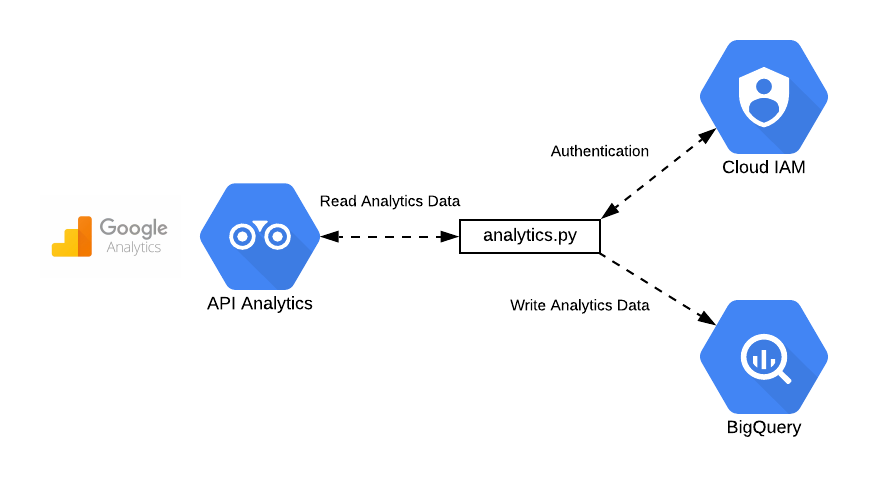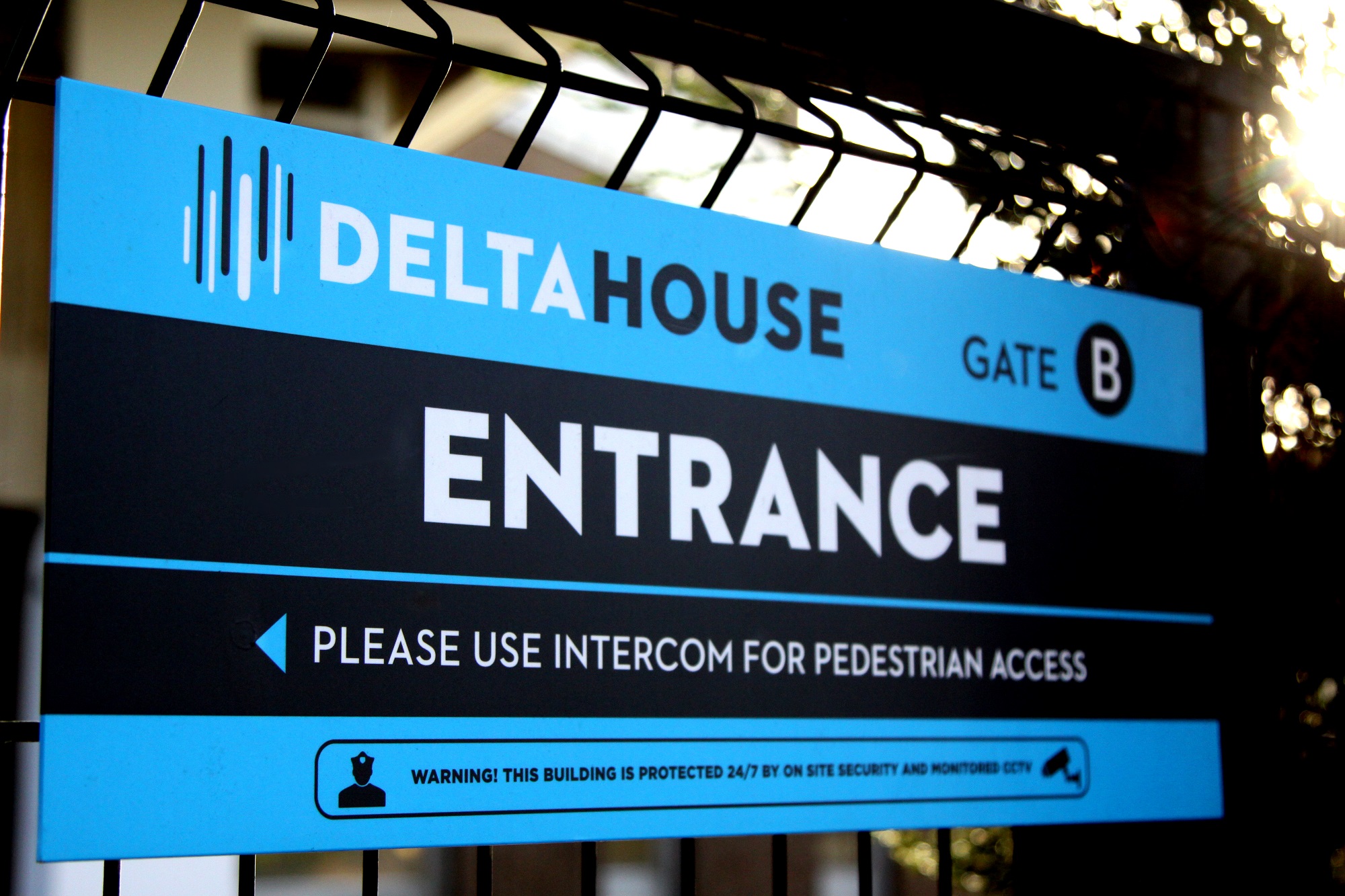
In the world of Software as a Service (SaaS), multi-tenancy is a foundational concept. It’s an architecture where a single instance of an application serves a multitude of customers, or “tenants,” by logically separating their data and configurations within a shared infrastructure. This approach has long been celebrated for its ability to reduce costs, simplify maintenance, and streamline updates by leveraging economies of scale. For many years, this shared model has been the go-to for startups and new ventures looking to quickly and cost-effectively bring a product to market.
However, as the SaaS market matures and the demands of enterprise clients intensify, the traditional multi-tenant model is revealing its limitations. The choice of database architecture is no longer a simple technical decision; it’s a strategic one that directly impacts a company’s ability to compete for high-value, mission-critical business. The market is shifting away from a “one-size-fits-all” approach to one that prioritizes security, performance, and compliance above all else.
This is the age of the “Database Per Tenant” (DPT) model, a robust architectural choice that is becoming the new standard for platforms built for the modern enterprise.
The Inherent Vulnerabilities of a Shared Database Model
The most common multi-tenancy model, known as the “Shared Database, Shared Schema” approach, houses all tenants’ data within a single database. While this is the most cost-effective and simplest to manage for the provider, it comes with a series of significant drawbacks that create major pain points for enterprise customers.
Risk of Data Leaks
Before we built our scheduler, running data jobs in MatchX was possible – but far from ideal:
- Manual triggers meant users had to remember to run jobs.
- Jobs could collide or run at unpredictable times.
- Users had little visibility into when a job would run or what was happening in the middle of a process.
- A failed job could quietly stay failed until someone noticed.
In AI-driven systems, this isn’t just an inconvenience – it’s a business risk.
A late matching job could mean a compliance breach in financial reporting.
A delayed data quality run could cause an AI model to make flawed predictions.
In short: timing matters as much as accuracy.
We needed a system that:
- Allowed precise, user-defined scheduling.
- Guaranteed delivery – jobs would run even if there was a brief service hiccup.
- Offered real-time visibility so users could trust the process without micromanaging it.
- Could scale smoothly without adding operational chaos.
The "Noisy Neighbor" Problem
In a shared database, all tenants compete for the same pool of resources. A single, high-traffic tenant running a heavy workload or experiencing a sudden spike in demand can consume a disproportionate amount of resources, slowing down the performance of every other tenant on the same database. This unpredictable performance is a major liability for a platform that an enterprise depends on for mission-critical operations.
Compliance and Data Residency Headaches
Many global regulations, such as GDPR, require that a customer’s data be stored and processed within specific geographic boundaries. It is nearly impossible to meet these stringent data residency requirements in a shared database, as all data is co-located. This can immediately disqualify a provider from consideration by enterprises with a global footprint.
The Strategic Shift: Why a Database Per Tenant Wins
The Database Per Tenant (DPT) model is a fundamental architectural shift that directly addresses these vulnerabilities. Instead of co-locating all data, it provisions a dedicated, physically isolated database for each tenant. This is not just a technical change; it’s an architectural guarantee that provides a powerful competitive advantage in the enterprise market.
1. Unrivaled Data Isolation
With a separate database for each tenant, the highest level of data isolation is achieved. The physical separation of data at the database level provides an impenetrable boundary, eliminating the risk of accidental data leakage. Even in the event of a critical failure or breach, the “blast radius” is contained to a single tenant’s database, leaving all others unaffected.
2. Guaranteed Performance
The DPT model completely solves the “noisy neighbor” problem. By giving each tenant their own dedicated resources, their performance is no longer subject to the demands of other customers on the platform. This ensures a consistent, predictable, and high-performance experience, a non-negotiable requirement for enterprises.
3. Simplified Regulatory Compliance
The DPT model makes it far easier to meet strict compliance and data residency requirements. A provider can simply host a tenant’s database in the specific geographic region required by law, a capability that is impossible in a shared model.
Beyond Isolation: The Zero-Trust Model of Cryptographic Tenancy
While the DPT model provides superior isolation, it still leaves one critical question unanswered: what prevents the service provider’s own privileged users, like database administrators, from accessing a customer’s data?
This is where the next evolution of this architecture—cryptographic isolation—comes into play. By implementing per-tenant application-level encryption, a unique encryption key is assigned to each tenant. This means that a tenant’s data is encrypted with their specific key before it is ever written to the database. The result? Even if an attacker were to compromise the entire database and exfiltrate all the data, the information would remain a “useless collection of encrypted blobs” without the corresponding tenant keys.
This advanced security posture extends the “zero-trust” model to the service provider itself, guaranteeing that neither other tenants nor the provider’s personnel can access a customer’s unencrypted data.
Conclusion
The choice of a SaaS architecture is no longer about the lowest cost; it’s about establishing the highest level of trust. While shared database models offer a simple starting point, they are fundamentally limited by their inability to provide true data isolation, performance predictability, and simplified compliance for enterprise-level clients.
The Database Per Tenant model, particularly when fortified with per-tenant cryptographic isolation, is the definitive answer for the modern enterprise. It is a strategic architectural decision that turns a technical feature into a powerful competitive advantage. This is precisely the model implemented by matchX to serve its modern enterprise clientele, providing a solution that is built on a foundation of uncompromised trust. Ready to explore how MatchX solves your data quality problems? Try MatchX Visit us or Contact us for more.









